
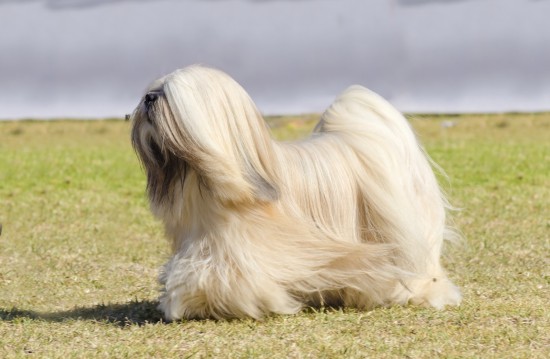



The Lhasa Apso is a small breed of dog that originated in Tibet, and was originally bred as a watchdog within Buddhist monasteries, to alert the monks to the approach of strangers. The word “Apso” means “beard” in the Tibetan language, and reflects the long haired and bearded appearance of the breed.
The Lhasa Apso is classed as a small or toy breed, which stands up to 10.75” tall at the withers, and can weigh up to 18lb. Males of the breed tend to be larger than females.
The coat of the dog is one of its most defining features, being long, heavy and straight, with a hard texture that is neither fluffy nor silky to the touch. It can be seen in a wide range of colours including white, black, red and gold, with various different shades and markings. The beard of the face is often darker tipped than the rest of the facial hair, and the tail of the dog is carried high and proud over the back.
If you are looking to buy a toy or companion dog and are prepared to devote a reasonable amount of time taking care of the dog’s coat, then the Lhasa Apso might be the right choice of dog for you. When researching ownership, it is important to look into the hereditary health of the breed as a whole as well as their temperament, and if any specific health issues are recognised within the breed’s gene pool. We will look at these factors in more detail within this article.
The average lifespan of the Lhasa Apso is 13-14 years, which is slightly higher than the average across the board of all dog breeds of a similar size and build. This reflects the Lhasa Apso’s long history, and the general good health that the breed is renowned for.
The shape and build of the Lhasa Apso is considered to be well proportioned and fit for life, but it is worth bearing in mind that the coat of the dog is long and thick, and requires a reasonable degree of attention. Dogs of the breed need regular grooming, the occasional bath, and potentially professional trimming and grooming too.
The coefficient of inbreeding statistic for the Lhasa Apso breed is 11.1%, which is higher than the accepted ideal of 6.25% or lower for pedigree dogs.
This indicates that the Lhasa Apso breed as a whole is subjected to a reasonable degree of inbreeding, which may potentially pose a problem in terms of the passing on of negative hereditary traits and health conditions. Lhasa Apso breeders are advised to reduce the coefficient of inbreeding statistic within their own breed lines where possible.
The British Veterinary Association has identified a hereditary predisposition to certain health issues within the Lhasa Apso breed pool, which are commonly passed on from parent dogs to their subsequent litters.
As a result of this, the following pre-breeding health screening programmes are advised for Lhasa Apso dogs, in order that affected dogs can be removed from the breeding pool.
There are also quite a number of other health conditions that may potentially arise within Lhasa Apso breed pools, but not with such a regular degree of occurrence that pre-breeding screening is advised.
While this list is rather long, it is important to note that it is not likely for any given dog to be widely afflicted by many conditions, and that finding out as much as possible about the health of the parent dogs can help prospective buyers to make an informed decision on likely future health.
Conditions identified across the breed include:
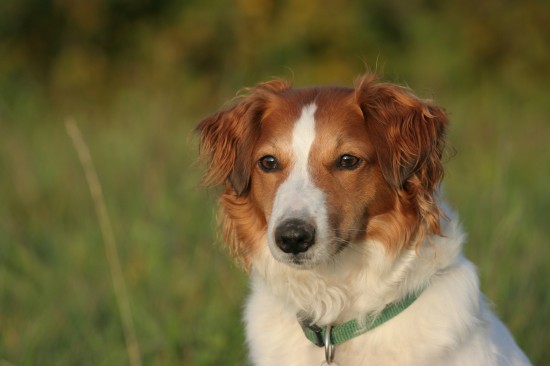 More Information On The Kromfohrlander Dog
More Information
More Information On The Kromfohrlander Dog
More Information
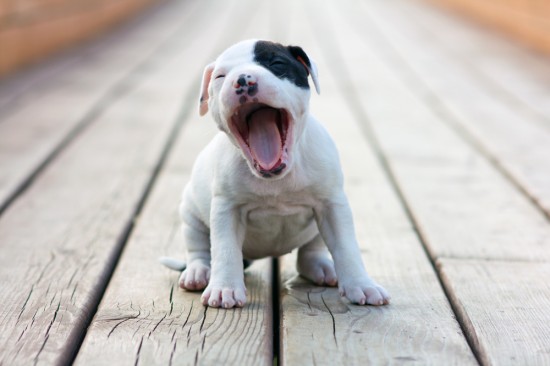 Five Good Reasons To Consider Getting A Dog
Five Good Reasons
Five Good Reasons To Consider Getting A Dog
Five Good Reasons
 Pet Care Training and Grooming Tips for Your Beloved Dogs
Pet Care Training and Grooming Tips for Your Beloved Dogs
Pet Care Training and Grooming Tips for Your Beloved Dogs
Pet Care Training and Grooming Tips for Your Beloved Dogs
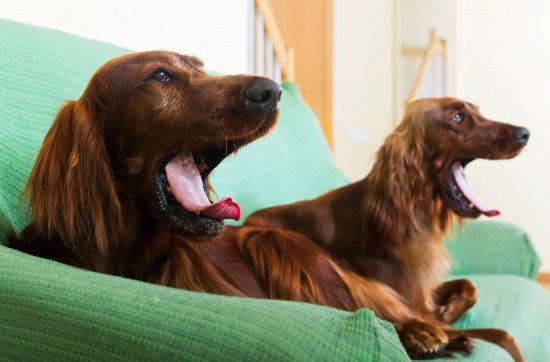 What You May Have To Give Up If You Want To Own A Dog!
What You May Have
What You May Have To Give Up If You Want To Own A Dog!
What You May Have
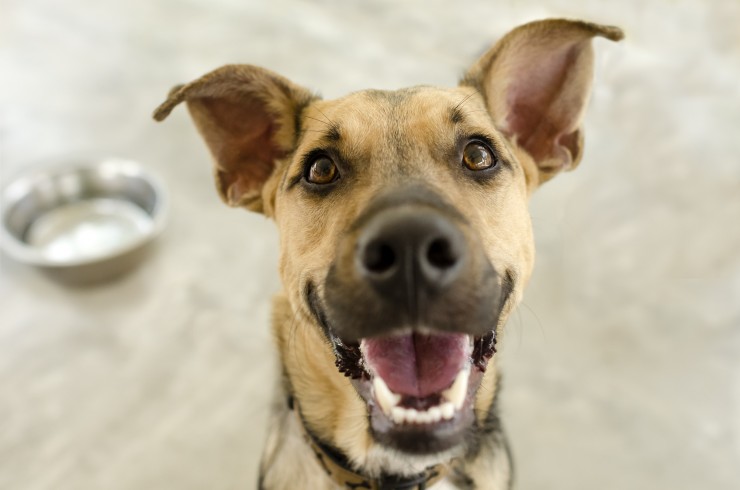 Five Often Overlooked Financial Costs Of Dog Ownership
Five Often Overlo
Five Often Overlooked Financial Costs Of Dog Ownership
Five Often Overlo
Copyright © 2005-2016 Pet Information All Rights Reserved
Contact us: www162date@outlook.com